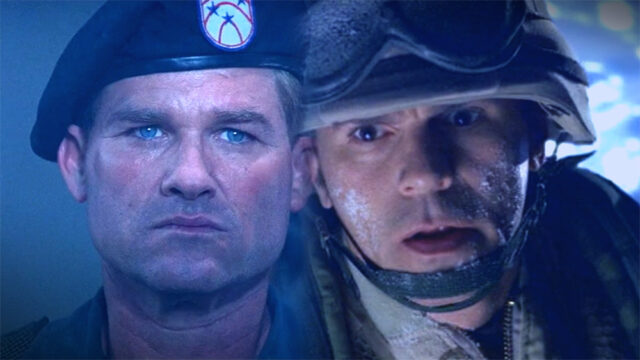
We love the original Stargate movie, and we love the TV series that expanded the universe three years later. But there’s no doubt that the television show did a lot of things differently.
Roland Emmerich and Dean Devlin’s Stargate hit theaters in October of 1994, wowing audiences with a brand new science fiction world laced with military elements and ancient mythology. Although the pair wanted to make sequels, instead MGM decided to send the Stargate franchise to television.
Stargate SG-1 premiered in July 1997, with Richard Dean Anderson taking over for Kurt Russell. A mostly Canadian team took the reigns of what would grow into a full-fledged sci-fi franchise, including new “Daniel Jackson” actor Michael Shanks and a cast and crew based in Vancouver, British Columbia. Of course the show was a hit, running for 10 years and more than 200 episodes.
There are some small and some big differences between the world of the film and the TV universe — some the result of production necessities, and some possibly oversights on the part of the writers. Some of these changes we can explain away with some in-canon speculation (and we’re really going to try hard here!), but others are so different that you might have to conclude that the movie and the show are just set in two different universes.
On with the list! Some of these are obvious, but you might not have noticed the more obscure changes. If you’ve spotted something that we don’t mention here, be sure to post it in the comments below.
#10 – NEW FACES
Let’s get the most obvious out of the way first: only two actors from the feature film reprised their roles on SG-1. That’s Skaara actor Alexis Cruz (who was originally considered for a spot on the main cast), and Kasuf actor Erick Avari (who didn’t show up until Season Two).
Richard Dean Anderson took over the role of Jack O’Neill (two “L’s”!), and Michael Shanks replaced James Spader as archaeologist and all-around geek Dr. Daniel Jackson. Catherine Langford was now played by American actress Elizabeth Hoffman (losing Viveca Lindfors’ Swedish accent in the process), and the Abydonian princess Sha’uri was played by Vaitiare Bandera (who had actually auditioned for the role in the movie).
Finally, two members of O’Neil’s recon team made it to television: Lieutenants Kawalsky and Ferretti. Jay Acovone was cast in the role originated by John Diehl; and French Stewart’s character went to Brent Stait.
#9 – MOVING MOUNTAINS
This one always struck me as a funny thing to change. In the movie the Stargate research program is housed deep within the fictional Creek Mountain military complex … but the TV show changed this to a base that actually exists in the real-world: Cheyenne Mountain (also in Colorado). Here General George Hammond was in command, rather than General West.
Explaining this one away in canon means that, at some point after Jack O’Neill returned from the Abydos mission, the Air Force packed up the Stargate and transported it to a different decommissioned missile silo … where they reconnected it to power and the dialing computer, and then proceeded to throw a sheet over it and decommission the project.
Why the change? The writers probably liked the idea of connecting Stargate Command with the real-world U.S. military base at Cheyenne Mountain, where N.O.R.A.D. is located. It’s also fitting, because the North American Aerospace Defense Command itself is a joint organization of the United States and Canada. But it is worth noting that the show’s ongoing relationship with the real Air Force didn’t start until after SG-1 had started airing.
The two gate rooms and control rooms are very much the same, though the upstairs conference room in the TV series is a good deal more spacious. One other nice bit of continuity: in both mountains the Stargate is located on Sublevel 28.
#8 – WHICH GALAXY?
Unlike the location of the S.G.C., the decision to change the location of the planet Abydos relative to Earth actually has an important reason in canon. Fans of the movie will remember that awe-inspiring moment when the probe is first sent through the gate and tracks its location to the “Kaliem Galaxy” (a fictional invention of the writers). This contributed to a sense that this story was massive in scale, as Dr. Langford declares that the Stargate has reached a world “on the other side of the known universe.”
The vast distance between Earth and Abydos (which is named in the script, but never actually named on screen) also gave the marketing department the film’s tagline:
It will take you a million light years from home. But will it bring you back?
When SG-1 premiered with “Children of the Gods,” though, we quickly learned that in the TV universe Abydos is very close to Earth — in the Milky Way. In fact it’s one of our closest neighbors in the Stargate network. This was necessary because the Stargate was able to connect without the dialing computer having to compensate for millions of years of stellar drift.
Other addresses discovered in the pilot episode would have to be adjusted to account for the fact that stars and their planets slowly drift apart over time. The base computer would only calculate a few per month … just enough for an episodic series!
#6 – WHAT’S IN A NAME?
OK, this one is smaller … but while we’re talking about characters brought over to the small screen, it’s worth noting that some of them also received name changes. Stargate SG-1 fans will know that Sha’uri was renamed “Sha’re” — more than likely just to make it easier for the actors to pronounce. Probably for the best.
Then there is Jack’s late son, whose accidental death has sent the Colonel into a spiral of grief and made him willing to accept a suicide mission. The young boy’s name in the TV show is Charlie, given time and again throughout many episodes. Charlie’s name was never spoken in the film, but eagle-eyed viewers will spot the framed award on his dresser: it’s “Tyler O’Neil.”
As for Jack himself — who knows why the TV series changed the spelling of “O’Neil” (with one L) to “O’Neill” (with two L’s). But it became a running joke, with Jack telling a reporter to be sure to spell his name right (“There’s another Colonel O’Neil with only one L, he has no sense of humor at all”), and again later to Senator Kinsey. This Colonel O’Neill can’t pull off Kurt Russell’s flat-top haircut, and he’s much more likely to start a mission with a lighthearted quip.
#6 – PUSH-BUTTON DIALING
It was the television show that introduced the dial-home device, which allows the Stargate to be dialed quickly and easily on most of the planets the team would visit. The movie never actually explained how the team dialed back to Earth at the end.
After Colonel O’Neill convinces Hammond to let him take a team through the gate back to Abydos, he and his team discover that the planet now has a D.H.D. conveniently located next to the Stargate. Push-button dialing, at your fingertips! And even though Samantha Carter geeks out about the device the moment she lays eyes on it, Daniel doesn’t say anything about it. I guess maybe he found it tucked away in another pyramid, had it moved, and figured out how to connect it to the Stargate … using his archaeology degree? (Let’s not think about this too hard.)
Of course the D.H.D. too was a necessary plot convenience for a weekly show. The team (or their enemies) could quickly and easily activate the Stargate whenever they wanted to. On SG-1 the Stargate goes to many different planets, and so a handy D.H.D. pairs nicely with the cartouche full of gate addresses that Daniel has discovered.
#5 – EVERYONE SPEAKS ENGLISH
It’s a question as old as science fiction itself: Why do all the aliens speak English? Well, because … reasons. This was a bona fide short cut, and the writers clearly decided they didn’t want to spend the first 10 minutes of every episode with the team figuring out how to say “Hello.”
On Abydos it makes sense, and it’s perfectly in line with the feature film. Daniel has been living on the planet for a year, and he has taught the people of his adopted home how to speak his language. But this explanation doesn’t travel through the gate to the many other worlds where aliens and humans speak English.
Unlike Star Trek‘s universal translator or Farscape‘s translator microbes, Stargate never came up with an in-universe gimmick to explain this conceit.
This point also brings up a significant change behind the scenes: the TV series dropped the use of a language consultant to make the language of Abydos, the Jaffa, and the Goa’uld sound like ancient Egyptian. Words like “Chappa’ai,” “kek,” and “sholvah” were entirely invented by the SG-1 writers.
#4 – THE STARGATE
Let’s talk about the 64,000-pound elephant in the gate room: the Stargate itself underwent numerous changes for the television series, both in design and effects and also how it works.
When the show sent crew members to retrieve props from the film shoot, most of it was in bad shape — including the Stargate itself. The production in Vancouver would commission the construction of a brand new gate to serve as the focal point of the series, with chevrons that light up and an inner track that could be spun using hidden motors.
There are several subtle changes here from the movie gate, and the way it functions:
- The movie gate was not part of a network of thousands of Stargates. In two planned sequels the writers intended to use the eighth chevron to dial to a second planet and the ninth to reach a third — but that’s it.
- The chevrons positioned around the gate look a bit different, and slide out differently when they lock. The chevrons on the movie gate are a flat grey, and lack the reddish crystal of the series.
- The TV series simplified the unstable energy vortex that “kawooshes” out of the gate when it first connects, eliminating the reverse funnel effect that appears behind the Stargate.
- In the movie, gate travelers are thrown out of the gate after a rough ride through the wormhole. At first the show continued this (including ice crystals on their faces), but soon cut it from any future scripts — again, making the process of gate travel more simple and streamlined. (In Season Five’s “Red Sky” Carter explains that the rough ride was caused by the margin of error in calculating planetary shift, stating that it had been fixed.) Soon SG team members would simply step through the gate like walking into the next room.
- Dialing the gate also caused the whole base to shake violently in the movie. The show also dispensed with this, explaining that frequency dampeners had been installed that reduce the shaking to a slight vibration (“Solitudes”).
- That seven-symbol coordinate system for gate addresses was a brilliant concept for Daniel to figure out in the movie, but it was tough to maintain when writing weekly stories where the team had to be able to dial home quickly. So on the show, Earth’s address seems to be mostly static — something that all off-world personnel could just memorize.
While the movie made finding the address back to Earth a plot point, the show kept this vague and occasionally showed D.H.D.s that had one unique symbol (“Solitudes,” “The Gamekeeper”) — so the characters could assume that was the point of origin for that planet, and use the same six symbols for dialing Earth.
#3 – DID YOU HEAR THAT?
Of course an effects-heavy feature will be big on visual spectacle, from dialing the Stargate to the destruction of Ra’s ship in orbit. But the sound design also adds a whole lot to a movie like this. So pay close attention to the sound effects used in the film … and how different they are from the 214 episodes of television that followed.
Some key sound effects are different on Stargate SG-1, and some sounds are actually reused for other things. The sounds of the Stargate’s dialing sequence are very different, especially the sound of a chevron locking into place. In the movie that’s a thinner and more high-tech sound; but the TV series would make it heavy and metallic, emphasizing that the gate is an ancient and very weighty artifact.
Last but not least, listen for the sound that is heard when the death gliders launch from Ra’s pyramid ship. This one plays a radically different role in the show: it’s the sound of a wormhole disengaging.
#2 – LITTLE ORPHAN DANNY?
Daniel’s backstory in the movie is left a bit vague. When he meets Catherine Langford we really only know that he’s broke, and he’s been laughed out of the academic world because of his unconventional theories. Daniel has nothing to lose by accepting her offer, and in fact he gets a chance to prove that his theories about the pyramids are right. (The whole “landing platforms for alien space ships” thing is never spelled out in the movie, actually.)
When the two first meet, Catherine shows Daniel an old photo of a couple with a baby. She asks him, “Are these your parents?” Daniel tells her that they are his foster parents. (The fact that he was orphaned at a young age further cuts him off from any ties he would be leaving behind on Earth.)
So what’s up with Danny’s parents showing up in a childhood memory in Season Two’s “The Gamekeeper”? In this episode we witness the accident that killed both his mother and father, and it’s clear that Daniel was older than that baby when it happened.
So the show suggests that Daniel was orphaned, but it was when he was much older. If you squint really hard, the way to explain the apparent inconsistency within canon is to conclude that Daniel isn’t actually the baby in the photo. His foster parents must have had another child (or foster child). Or maybe Daniel is the baby, and he was fostered by a couple who knew his parents and posed for a photo with their friends’ baby before they died.
Yeah, we’re trying pretty hard here …
#1 – RA WAS NOT AN ASGARD!
No doubt the biggest change from the Stargate movie to the television series is the main villain — Ra, an alien who abducted humans from Earth thousands of years ago. In the film Ra is depicted as an alien life form that resembles the classic Roswell “Greys” with a big head, big eyes, and sharp teeth. He was also said to be the last of a dying race, who was looking to cheat death.
Just how he used his technology to take a human boy as a host isn’t explained at all. It was up to the show to make some sense of the mythology that had been a bit cobbled together.
On Stargate SG-1 the team learns that Ra was not the last of his kind at all, but only one powerful Goa’uld among a race that used advanced technology to dominate the galaxy. Not only did Ra find his host on Earth 10,000 years ago, but the show revealed that his discovery of human hosts led to a long-term occupation of Earth by the Goa’uld. Thus there are countless Goa’uld who, like Ra, are connected to the gods of the ancient world.
In their natural state these creatures are much smaller and snake-like. They enter a host body (usually through the back of the neck) and take control by wrapping around the brain stem. This makes a whole lot more sense for a parasitic species that appear human on the outside.
So, no … Ra was not really an Asgard. Eventually SG-1 would also make use of the Roswell Greys, but on the show they were a benevolent race that are more advanced than the Goa’uld. Eventually the Asgard become an ally of Earth, and play a key role in the mythology of the television universe.
Did Stargate SG-1 make good changes to the movie universe? Or did you like things better the way they were? Post a comment below, and let us know if you found any changes we didn’t mention!

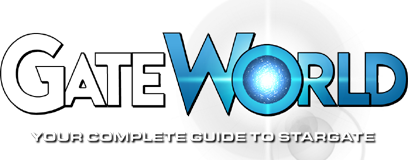
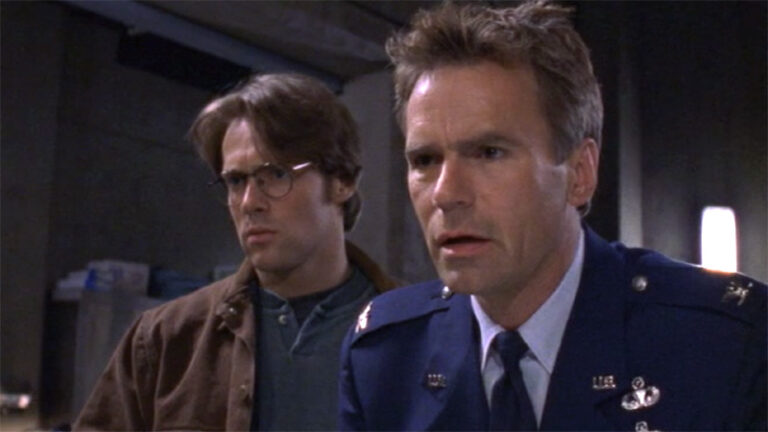
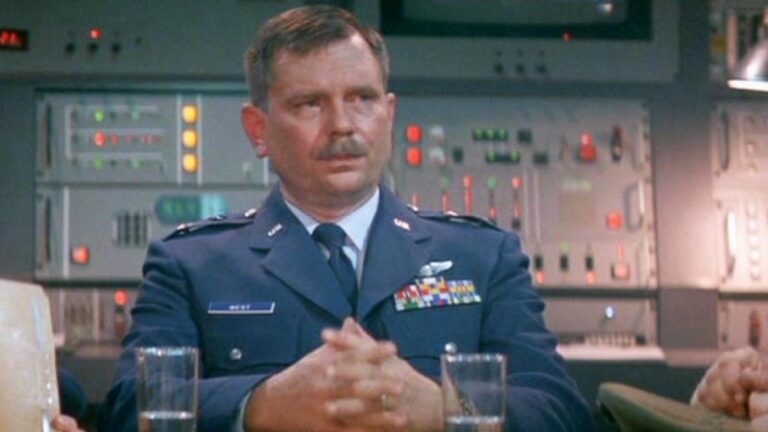
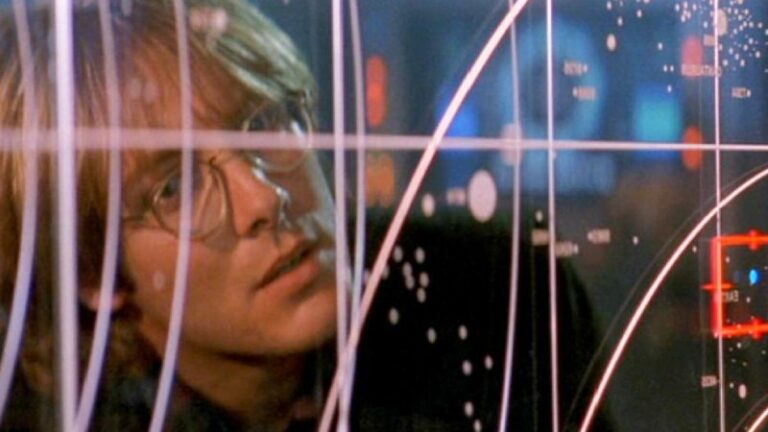
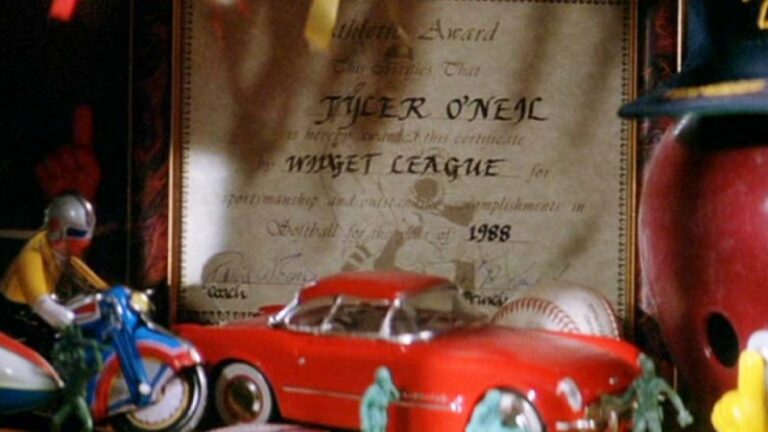
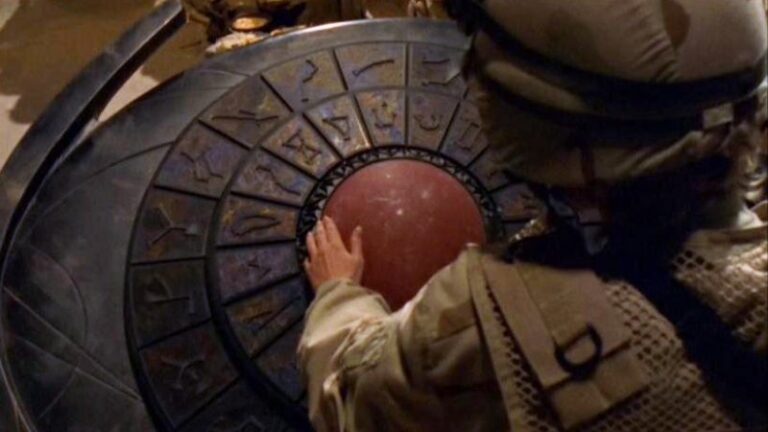
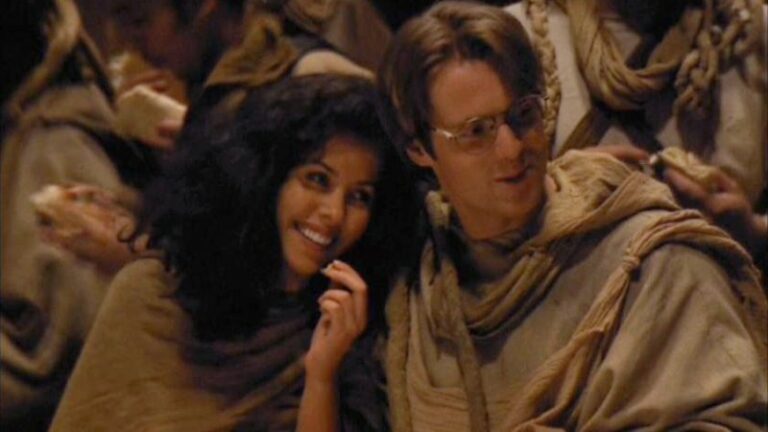
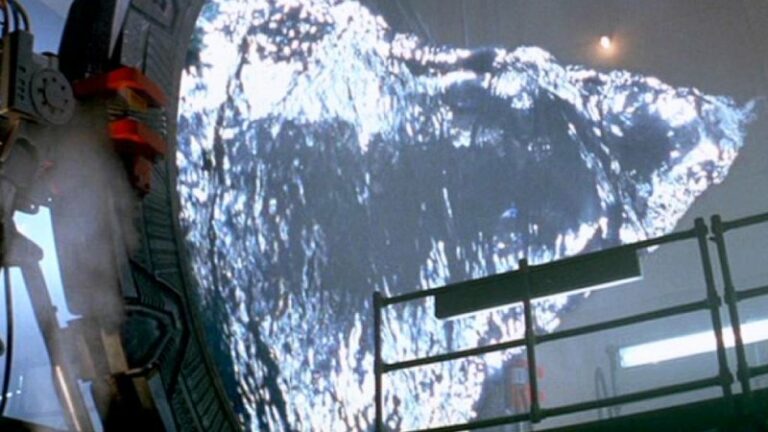
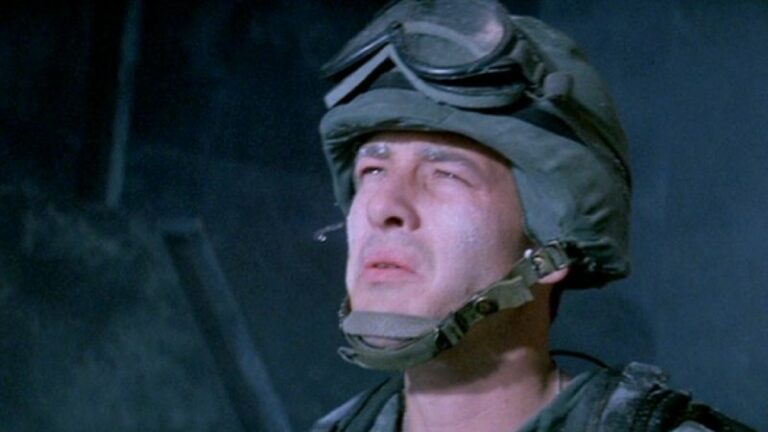
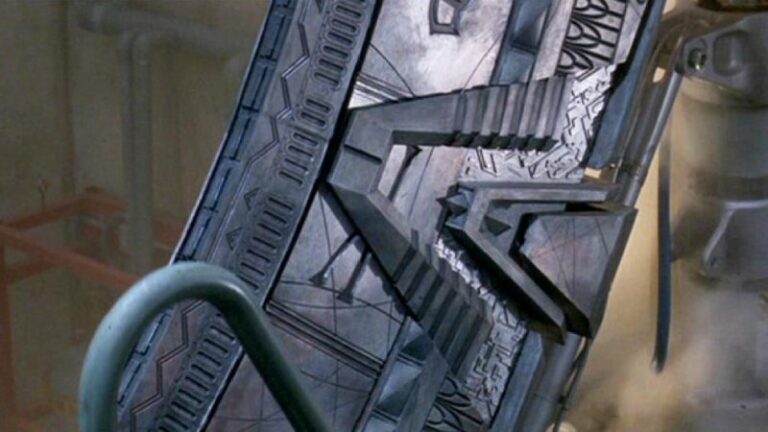
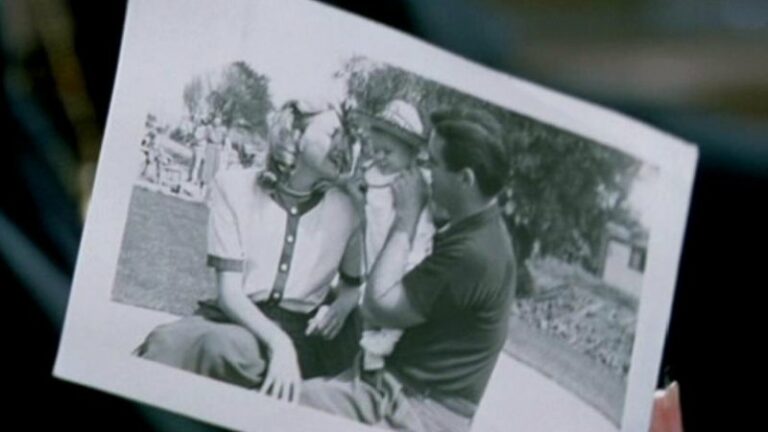
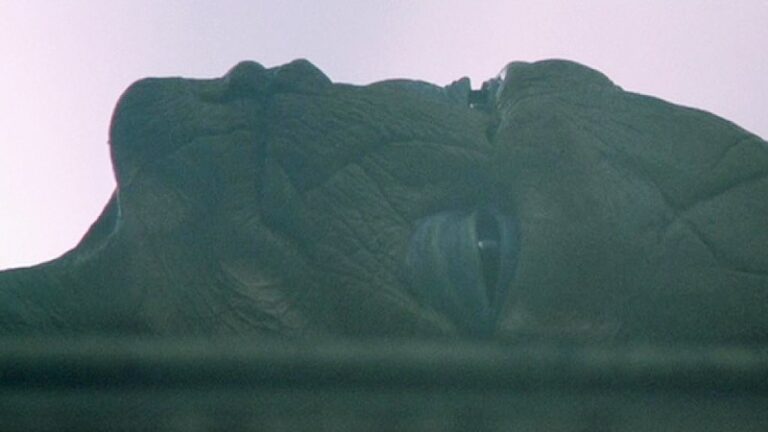

I always felt that the goa’uld had taken an Asguard as a host, and during the cloning process they merged, becoming more like the Asguard Loki. And using Asguard tech, they transferred their mind in to the human host.
In that way, the “grey” we see in the movie was more of a artistic rendition for the the audience, to show who was actually controlling the host.
And asguard-goa’uld hybrid.
I love this answer, I think it would be an awesome Retcon for them to explain this inconsistency.
It always bugs me in sci-fi movies that all other aliens speak English. It doubly bugged me that the English-speaking Aliens never used contractions (it’s, they’re, he’s, she’ll, a bit like Data in TNG). This annoyance was even worse with Teyla in SG:A, she was in close contact constantly with humans, are we supposed to believe that the human speech patterns didn’t rub off on Teyla? Come on guys, put a bit of variety into the “Aliens” at least.
The Nox for some reason didn’t speak English. They learned it in minutes by listening to SG-1.
I bet the Furlings didn’t speak English either.
I always preferred the changes but still love the movie
I love the movie.They could have done much better leaving Devlin and Emerich in charge.
This was a fun post, thanks! There were a lot of things the series did better than the movie, and it boils down to it being a series and not a movie. In a movie, you can J.J. a mystery box any time you are feeling lazy inspired. The movie is over and you go your merry way. In a series, especially a genre show that has a certain type of fan as invested in world/universe building as in the characters and story, you really ought to try to explain some things and have some continuity. Or… “It’s a writer’s… Read more »
I tend to avoid over thinking and just enjoy the show.
In the Stargate movie Ra wasn’t anything like an Asgard.more akin to an Egyptian phaoroh.
In 99.9% of the movie, yes. But when he died, it is revealed as a roswell-grey-like form. Watch again.
Fact: The original cast of SG-1 is irreplaceable.
You missed that in the movie, Ra’s lead henchman was Anubis. The show later established Anubis as a completely separate character.
lol no he wasn’t, anubis isn’t mentioned in the movie at all…I literally just watched it
Ra’s First Prime is listed in the credits as “Anubis” (though his name is never given in dialogue).
When the TV series eventually used the Anubis character, it required a bit of creative speculation to put the show and the movie in the same universe. I’m partial to the idea that this Jaffa took up the name of “Anubis” to strike fear into the hearts of his enemies, as Anubis was a legendary System Lord feared by all but not seen for a thousand years.
The movie was very good and the TV series was even better. I prefer the changes made by the TV show
I like the movie and the series. Col ONeill he’s in charge but not real sure what’s going on hence”Carter?!”
I remember in an interview Ray Bradbury said
“It’s Science Fiction you can call them anything you want “.
This was a very fun post.
I don’t remember when but it was implied in the movie that you could go back through the gate through the same wormhole that brought you and in the series you had to dial back in order to return
I think the movie was pretty clear that wormholes are one-way. When the team learns that Daniel can’t get them home Ferretti says that Earth can’t just open up the gate from their side.
Hi, thanks for the article, it was nice to remind myself about this great movie and an even greater show. Came here from Google Discover and I’m gonna stay a bit, I suppose ;)
PS. The design of Ra in the movie looks kinda like the aliens from “Fire in the Sky” (1993). As there was only a one-year difference between those two movies, maybe the same designers worked on those?
https://www.youtube.com/watch?v=SBd7551ylaw
Welcome to the site, Thomas! Kick off your shoes and stay a while.
The people who claim to have been abducted by aliens tend to give a similar description of what the aliens look like. So much so that this type of alien even has a name – they are referred to as “Greys”.
Ra, and then later the Asguard, are simply based off the common description of the “Grey” aliens. As were the aliens in Fire In the Sky, because that movie was based off a abduction story.
I’ve noticed in the pilot episode the goa’uld enter stargate command through the stargate but never redial chulock when they leave, the simply turn around and reenter the wormhole. This also happens again in short film continuum.
Not quite – Apophis says something and does a bit of a head/eye motion toward the gate, clearly telling the Jaffa to manually dial back (using their handheld gate power device thingies)
Maybe I’m misremembering, but I thought the first time Jack explains the
2Lsto someone, he also mentions he’s NOT the same jack that originally went through the gate and that he only recently joined the program as it got close to startup.I believe you are misremembering because in first episode “Children of the Gods” Ska’ra knows who Jack O’Neill is when they go back to Abydos because the met in the movie (just different actors) Remember they saluted O’Neill in movie and in first episode.
ACTOR, singular as Ska’ra is played by same actor in the film and series.
One of the most notable differences that I gathered was the Ha’tak Goa’uld ship design. In the movie the ship is a squared pyramid which allows it to land on the Giza Pyramids. In SG-1, the ships are triangular pyramids. This is most notable whenever a systemlord would land on the planet and the shape would again be the square pyramid.
It is my understanding based on inferences, little clues and observation, that Ra held the position of Supreme Leader of the Goa’uld just as he did in the Egyptian pantheon. When SG-1 killed him, it triggered war between the various system lords, who had been under his thumb, for dominance before they settled on a council approach to stop their losses since they were all pretty much equal in strength. Anubis (using his ascended powers) and later Ba’al (using a time machine) both became the Supreme Leader of the Goa’uld at different times of course. This goes a long way… Read more »
I always put the differences down to the show being in a different universe to the film after the first quantum mirror episode. There was a missed opportunity to get Kurt Russell and James Spader in the show via the quantum mirror!
Definitely 1000 percent better on tv! Richard Dean Anderson made ole two LLs a great and lovable hero! Lots better than even MacGyver! Sorry, Kurt, the sense of humor made all the difference!
For me the Stargate movie is a movie made by Hollywood in Stargate SG1 timeline, after the Stargate Project was revealed to the world. Meaning just after Continuum.
only thing that bothered me was ra’s form and oniel (oniell)’s character change. i can accept the change of ra and retcon explanation…but oniells change from hard core to jocular doesn’t make sense… but hey the tv show is good so meh, the movie was a good if this was real what if sci fi, honestly I wish the tv series was more true to the movie….the movie really portrayed better reality imo…my alien heritage not withstanding
I thought the movie was kind of boring. I preferred the tv series. I heard somewhrre that Ra’s previous host before the himan was an Asguard. Another thing that changed was with the Jaffa. They weren’t called Jaffa in the movie, they wrre referred to in the credits as Anubis and Horus. If they were Jaffa, they had no pouch. They could have been Goa-uld that served Ra and they changed that as well for the tv series. I like that the tv series kept Daniel’s allergies.
I think it would have been better if they kept Ra’s original background story the same, and then find some way of explaining Ra’s form in the Stargate trilogy.